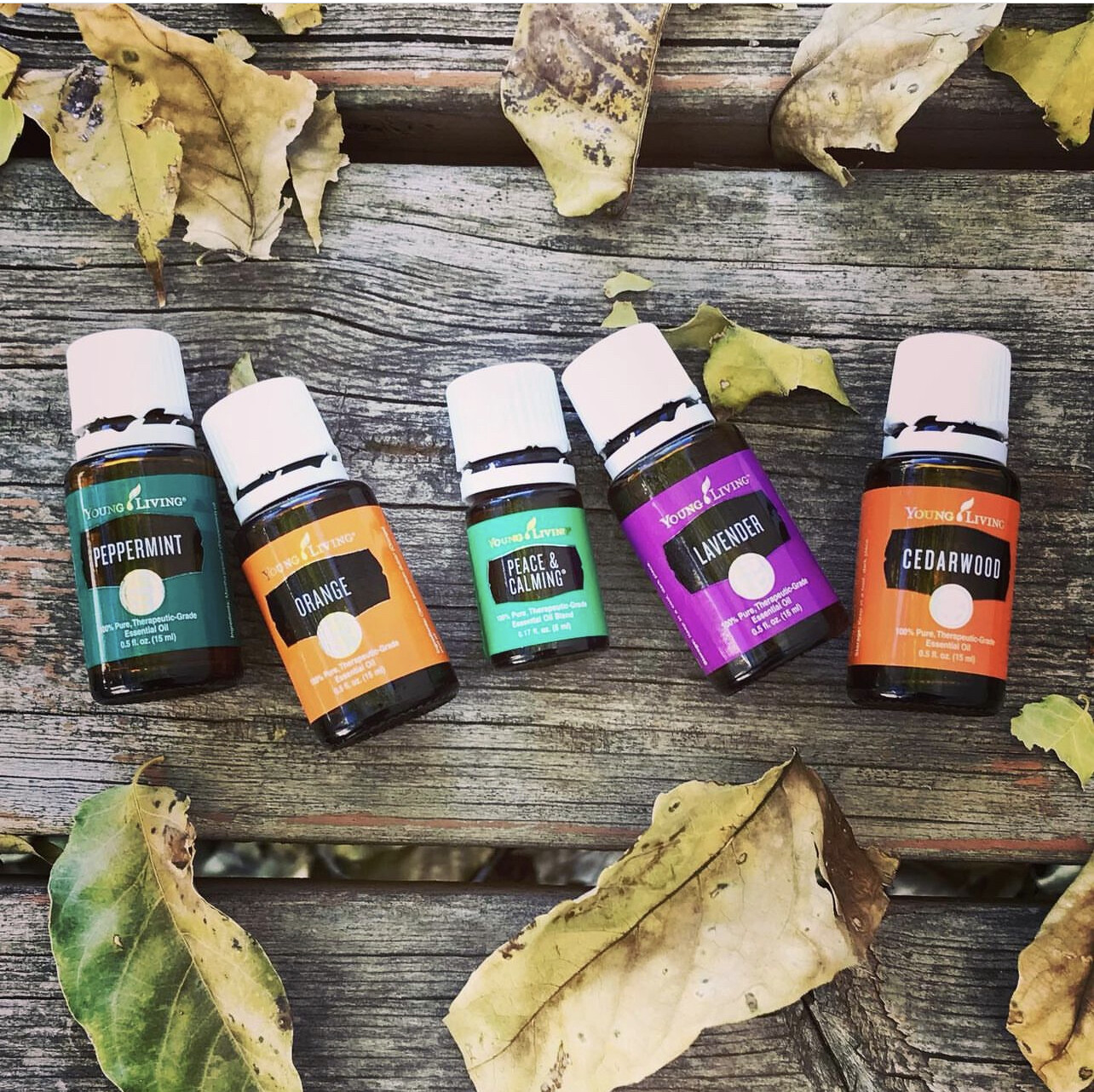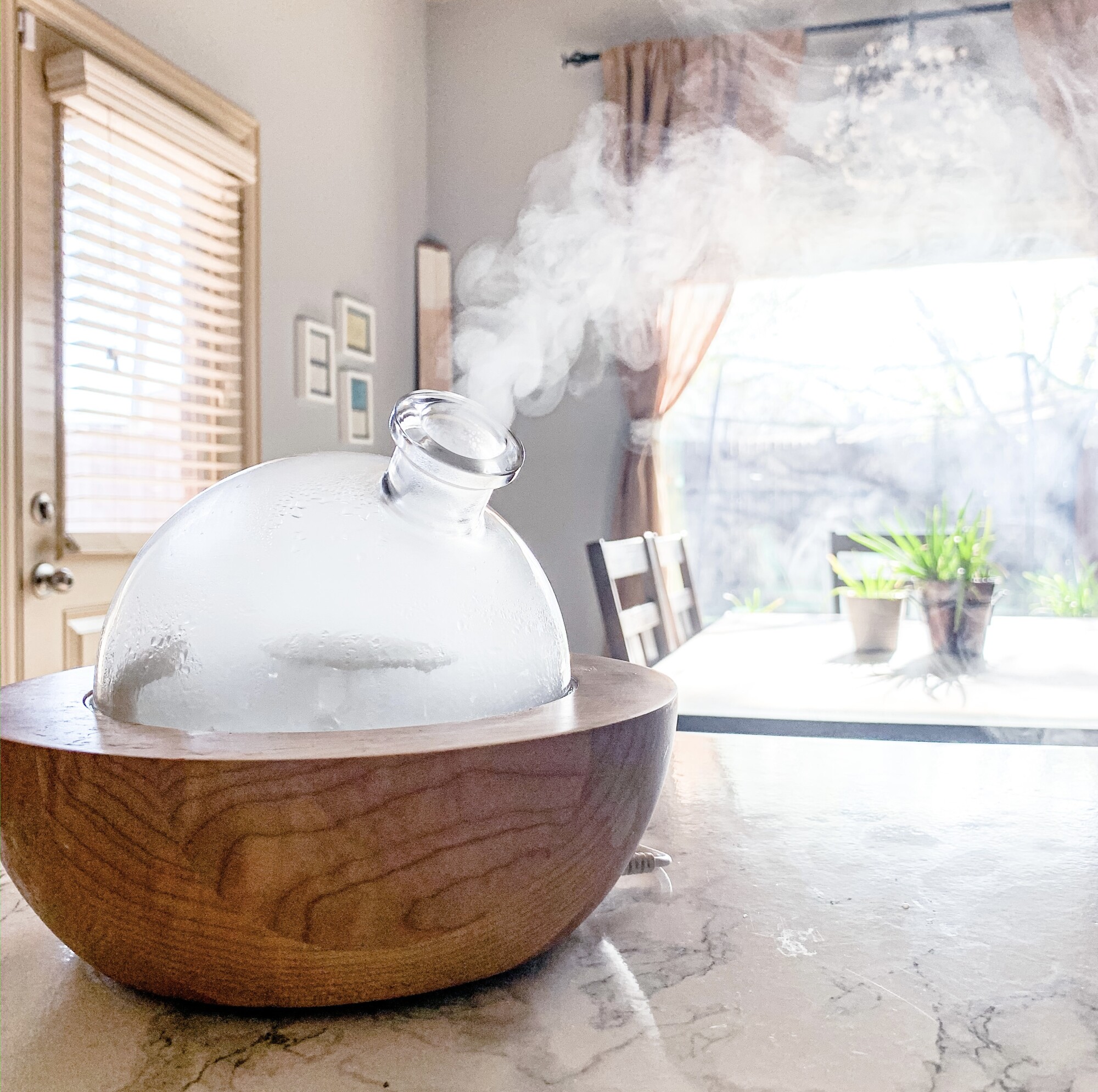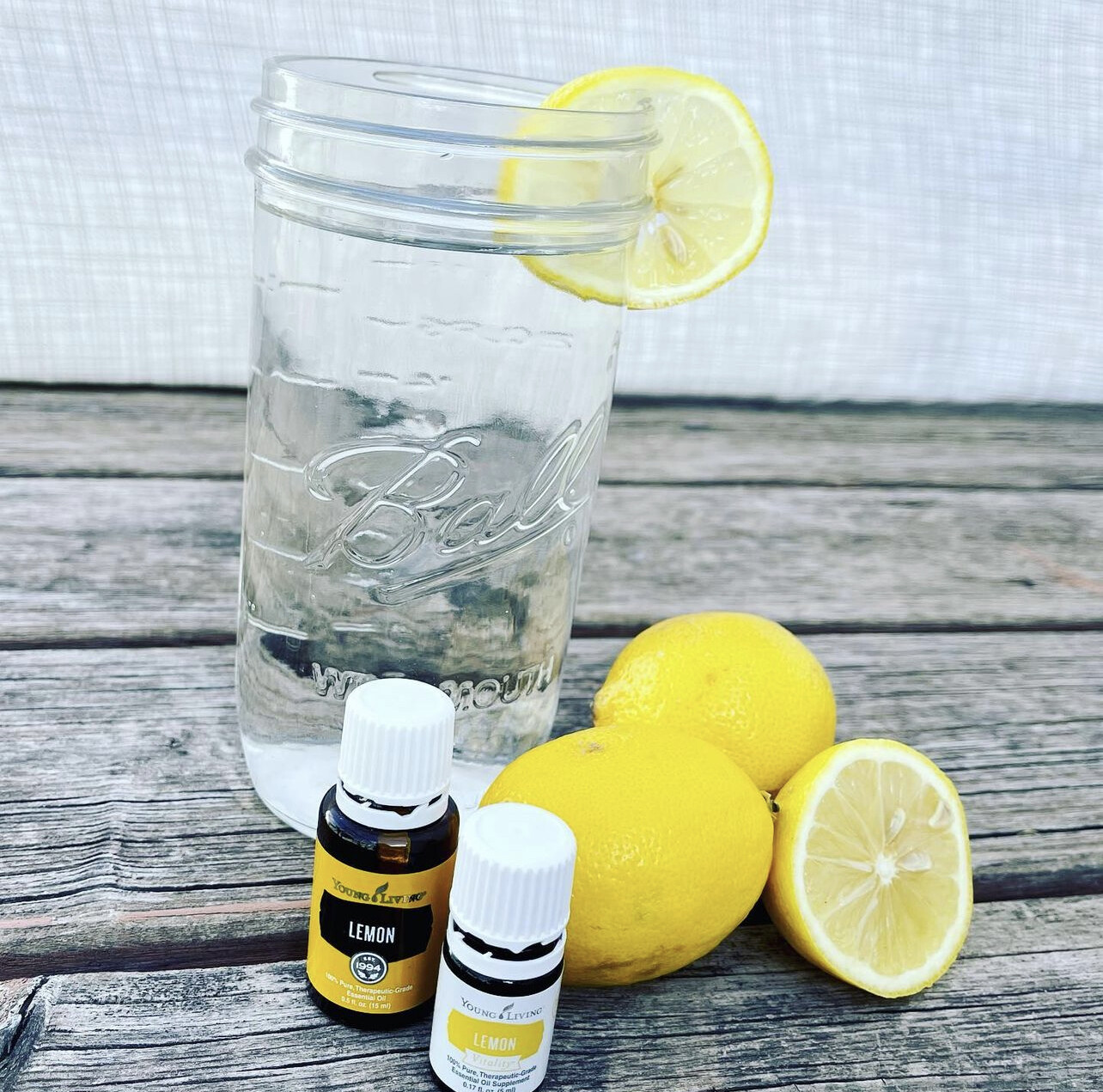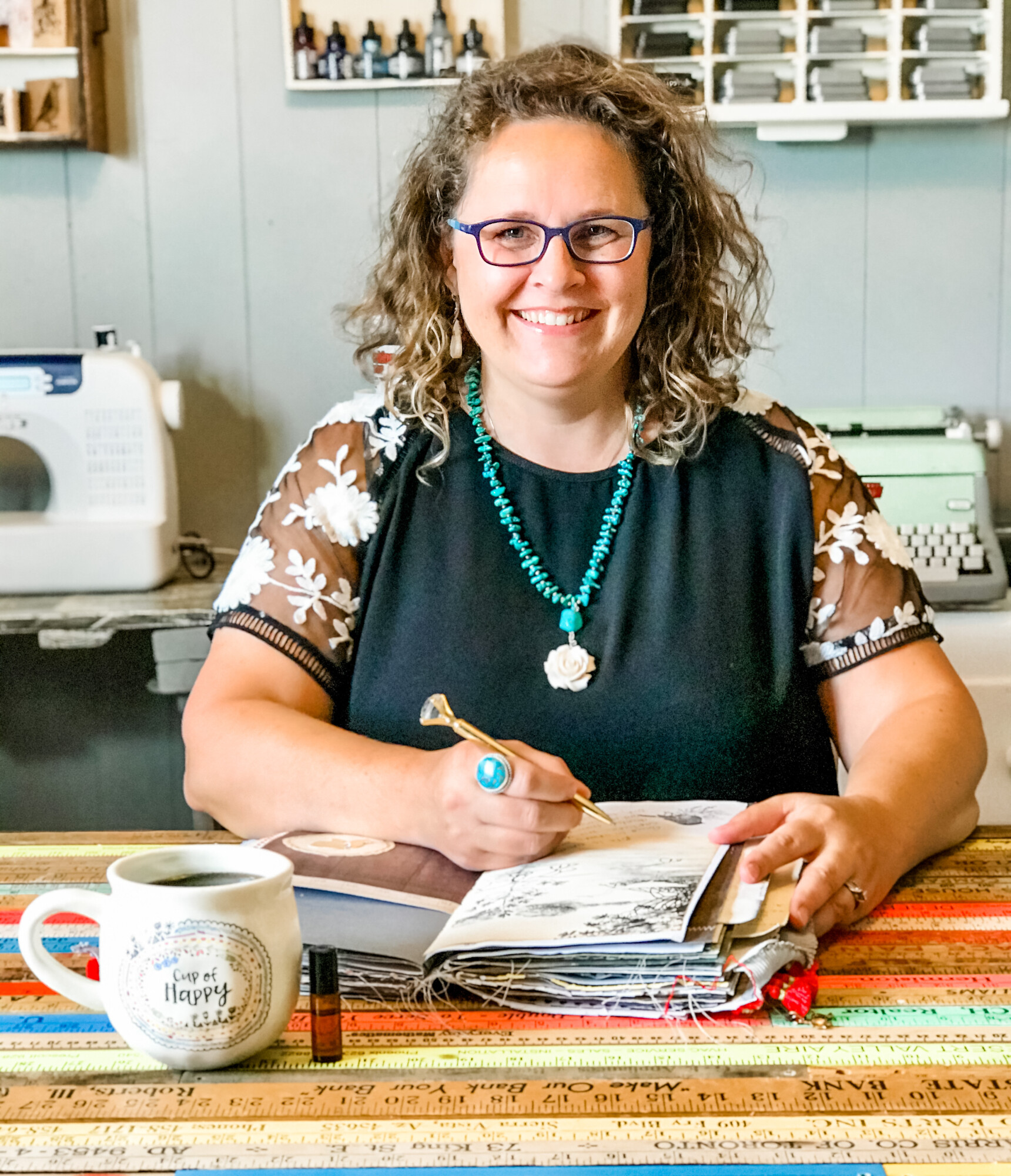
What has led me to learn how essential oils work and what to use them for?
I wanted to know the details and the science behind each little bottle I opened and used. Not only because I find it fun but also because I wanted to be safe in using them.
Let's start with some basics; although they smell good, and you can enjoy them just for their smell, there is more to essential oils than that. If you translate the word "aromatherapy," it means the use of aromas for their healing properties.
What is an Essential Oil?
Essential oils are a volatile liquid within many plant materials that are extracted from the materials, such as flowers, trees, roots, bushes, bark, and seeds, to name a few, through the distillation process. I used to think the term "volatile liquid" meant it was dangerous, but then I learned that it just means it's a liquid that evaporates when exposed to the air. Steam distillation is the primary method for extracting essential oil from plant material.
One misconception about essential oils is that they are oily. They are not true oil like vegetable or olive oil; essential oils are just plant extracts that evaporate quickly when exposed to the air. They do not leave an oily residue when it is just pure essential oil in the bottle. Suppose you have a bottle of essential oil that leaves an oily residue. In that case, the manufacturer most likely diluted the essential oil with a carrier oil.
The Chemistry of Essential Oils
Essential oils are very complex, highly concentrated compounds. These compounds are called constituents, and each essential oil has its unique set of constituents. These constituents are what give essential oils their therapeutic, healing qualities. There are 14 main categories of essential oils constituents. Still, there can be anywhere from 80 to 300 different constituents in an individual essential oil. The 14 main constituents are Alkanes, Phenols, Monoterpenes, Sesquiterpenes, Alcohols, Ethers, Aldehydes, Ketones, Carboxylic Acid, Esters, Oxides, Lactones, Coumarins, and Furanoids. No two essential oils are alike in their combination of constituents, and these constituents give the essential oil its qualities.
How to use Essential Oils?
There are three main ways to use essential oils, topically, aromatically, and internally.
To use aromatically, you use a diffuser. Cold air diffusers are designed to atomize a microfine mist of water vapor and essential oils into the air, where they can be suspended for several hours. Using essential oils with heat, like with candles and aroma lamps, can reduce the therapeutic benefits; that is why a cold water diffuser is the best way to disperse the essential oils.

When using essential oils topically, it is vital to do a skin patch test for your first use of any essential oil. To determine if you are sensitive to that oil, some oils can irritate the skin if used too high of a concentration. Some oils are considered hot oils, which can feel very hot when put on the skin. When doing a skin patch test, you want to have a carrier oil on hand and dilute the essential oil with the carrier oil if any redness or irritation happens on the skin. The places I like to put essential oils on my body are on my spine, the bottom of my feet, my belly button, my wrists, behind my ears, and on top of my head.
When using oils internally, you must be careful where you get your essential oils. Most essential oils on the market today have been mixed with synthetic extenders because they can be made cheaply and sold at any store. These essential oils have no therapeutic benefits and can even harm us. I trust Young Livings essential oils to use internally because they are a company dedicated to the quality of the oils they produce. They have a seed to seal commitment that assures me they take care of from when the plant is just a seed to when it gets packed in the bottle to being better than organic quality. I like to use capsules to take essential oils internally and even add different ones to flavor my water.
Disclaimer: I only recommend using Young Livings essential oils internally because I know that the Vitally line that is made for internal use only contains pure essential oils. Please do not apply my tips on internal use to any other brand, as I can not guarantee the quality of different essential oils.

What are Carrier Oils?
They are fatty or nutty oils, such as coconut oil, avocado oil, olive oil, and almond oil, to name a few. I only use organic carrier oils and prefer cold pressed because this allows the carrier oil to retain as many qualities as possible. Carrier oils help dilute the essential oils to use on a larger area of the body, to make some oils useable on the skin, and to make essential oils last longer. Carrier oils are a must when using essential oils with children.
Where to Start?
After researching essential oil companies, I recommend using Young Living's essential oils exclusively because it's an essential oil company that I trust. They own their farms and allow anyone to visit them to see how things work. They have a quality commitment on all their products called seed to seal (read all about it here). That commitment is a very high set of standards throughout the whole process of making essential oils for Young Living.
This starter bundle is the most cost-effective way to use essential oils. You get 12 pantry staple oils that you will use every day, a diffuser, other goodies, and the resources from my team and me. This bundle is 60% off retail for individual purchases of these products, plus you get access to my team's exclusive bonuses.
xoxo
Candia



